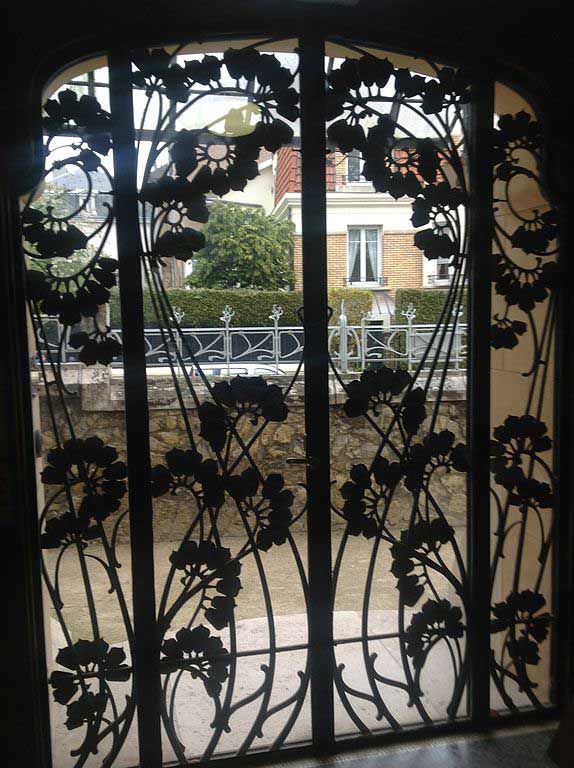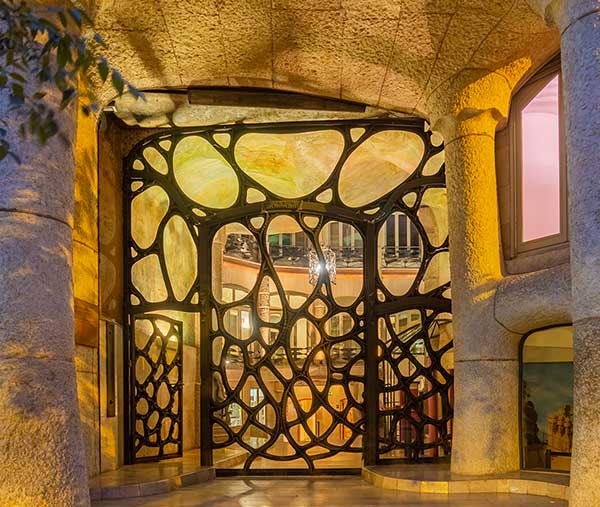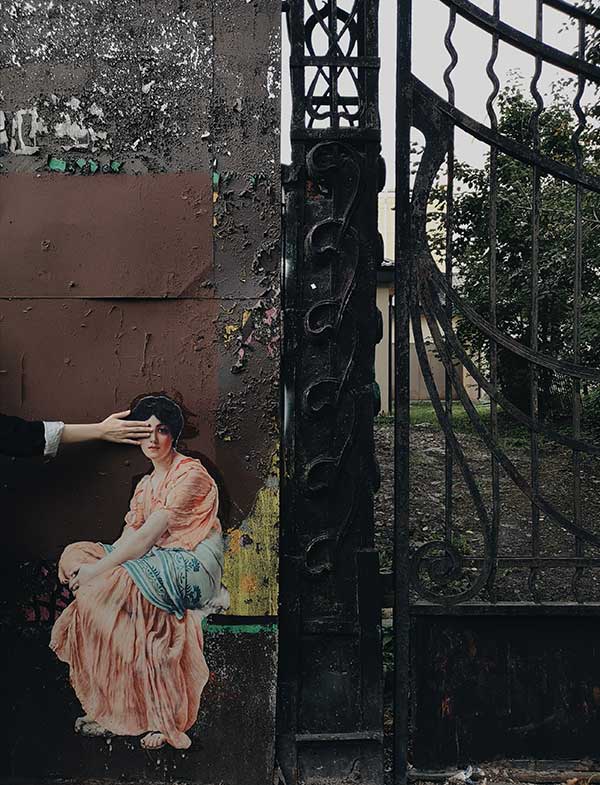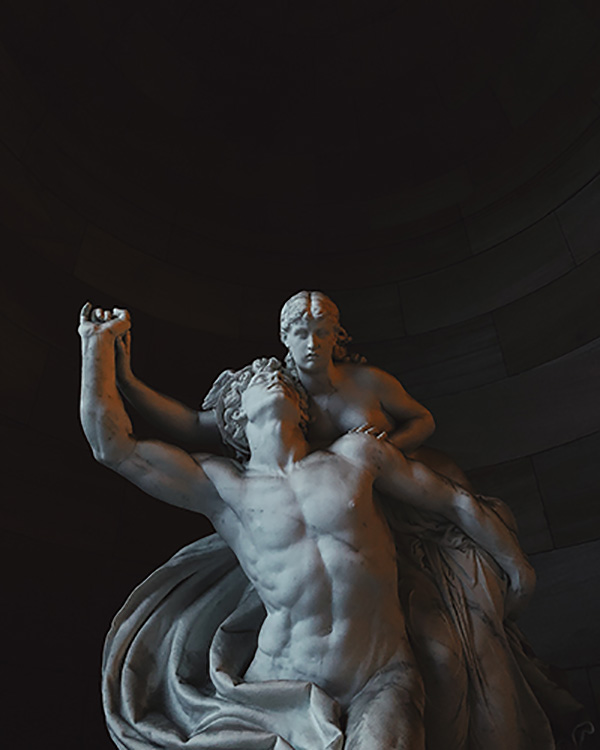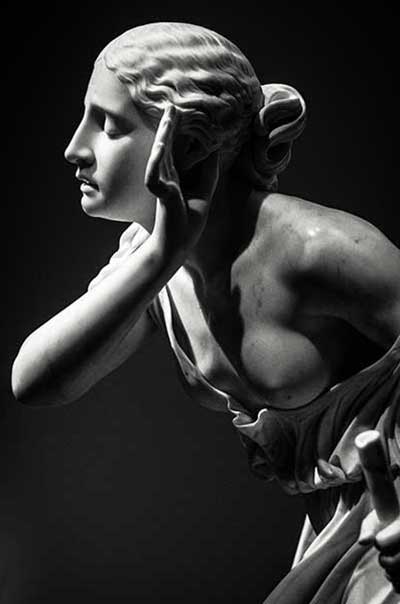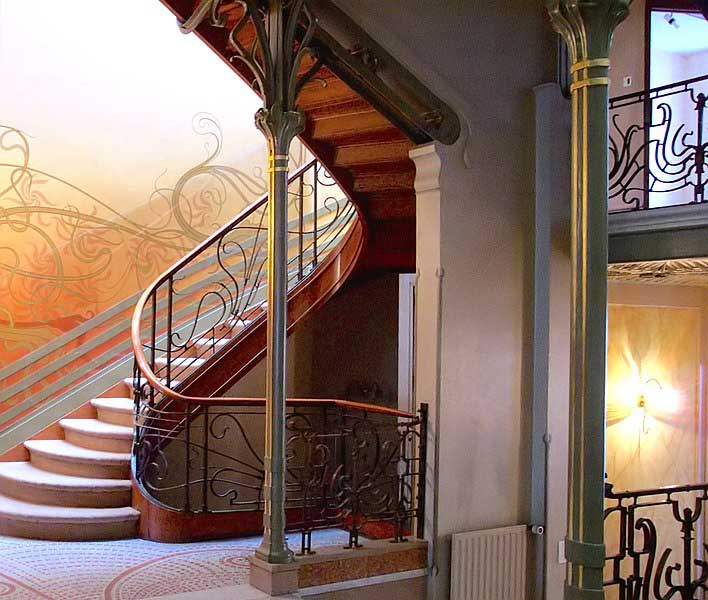
Hotel Tassel, Designs For Every Single Detail
Hotel Tassel, located on Rue Paul- Emile Janson 6, Brussels, Belgium, is one of the most famous Art Nouveau architectural buildings in Europe.
Victor Horta designed it, the Belgian architect who achieved great success as a precursor of Art Nouveau. After a short time, the style expanded internationally in architecture, fine art, and decorative art.
Victor Horta’s design had no reference in style, like other European architecture. In those days, the architects imitated the historical concepts and incorporated them with Gothic and Renaissance elements. Horta’s work was against the dominated eclectic Historicism that referred to the past.
The first architect that understood Victor Horta’s work was Hector Guimard, the architect of Paris Metro entrances. He declared Horta as the inventor of Art Nouveau and followed his style.
Hotel Tassel has an open floor plan. The central hall surrounded by the townhouse’s rooms includes the most amazing staircase in European architecture.
The stained glass windows beside the circular staircase on the top floor escalate the daylight. While the vegetal-designed stairway fences invigorate the interior and create openness, the elaborate mosaic flooring alongside the textured-floral wallpaper reflects pinkish-orange light colour on the stair surfaces.

